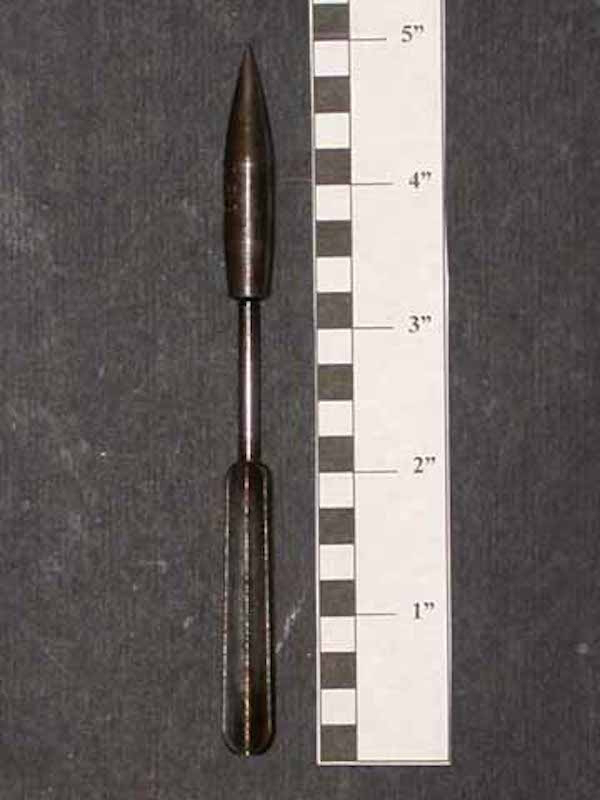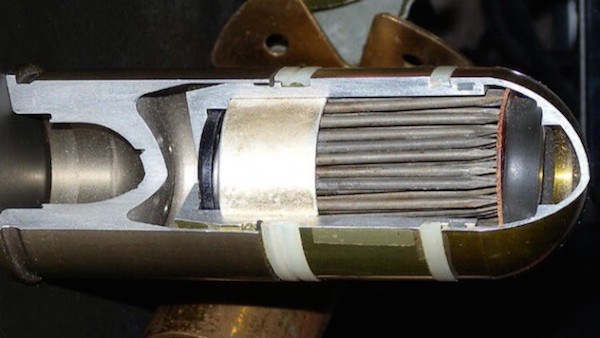No, not like the arrows you have in mind. These were as long as a pencil and ten times more deadly than conventional ones. These arrows or flechettes as their French inventors called them were considered dangerous as hell. They instilled a significant fear in the enemy ranks, despite their blatant inaccuracy, due to their ability to wreck the body from head to toe resulting in gruesome bodily mutilations.
The weapon was developed during the early stages of the Great War in 1915 when proper anti-personnel weapons hadnt been developed. The flechettes were five inches long and sharpened at one end by half inches. The remaining four and a half inches were machined out so that the weapons had a cross section of an X. The arrows were then packed in boxes of 500 and placed in a hole in the cockpit. When the pilot wanted to release them, he simply pulled a string before a group of enemy soldiers. They could cover an area of five hundred square yards in a single delivery.
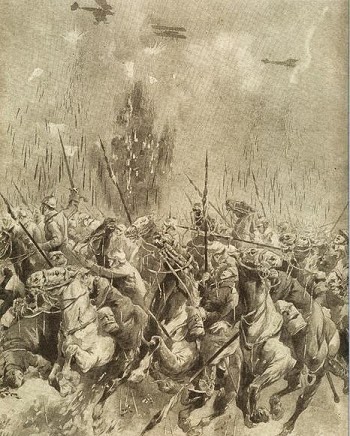



A Royal Flying Corps (Royal Airforce) officer E.G. Grey told the story of a test run carried out with a cow as the target. A barrage of arrows was thrown towards the cow, and about three of them struck the cow and passed through the wide body with ease onto the ground. As expected, the unfortunate cow died of her wounds in an instant. So, if the thing is sharp and heavy enough, gravity can achieve wonders in dropping bombs.

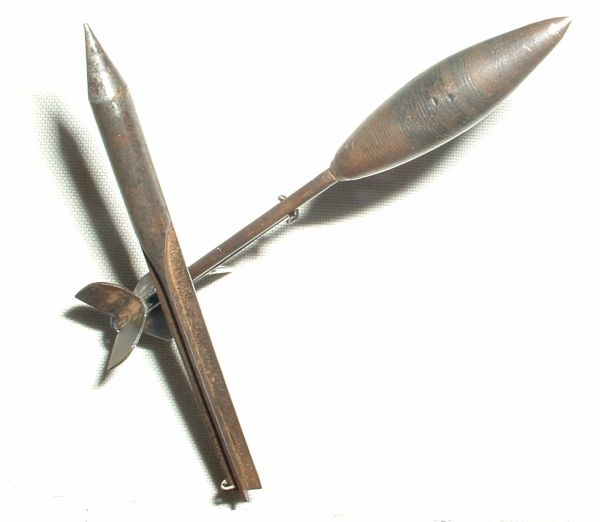
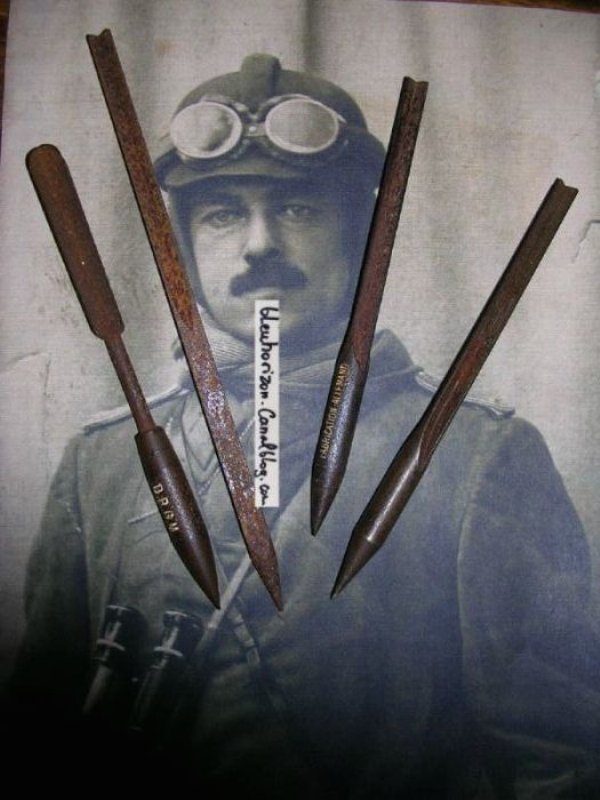
But, the Royal Flying Corps refused to use the Flechettes against the second Reich army. The prime reason was a lack of accuracy, but several other interesting factors were also there. The Corps officers believed that the weapons lack of explosive sound had no terror effect and this not an effective choice. In those days, air raids werent developed fully. Most of the bombing runs carried out from above were as necessary for causing terror and panic among the enemy forces due to their dipping sounds and ensuing explosions killing them. The falling arrows didnt offer either of these, so the Royal Air Force shelved efforts to use it.
A German surgeons paper on injuries from these bombs shows how brutal the injuries from this weapon could be. Interestingly, another German solider who had been at the receiving end of a Flechette attack claimed that when they heard aircrafts making anti-personnel runs, they would lie flat on the ground instead of crouching down and covering their ears like other weapons. In this way, they would lose fewer organs if they were the victims!
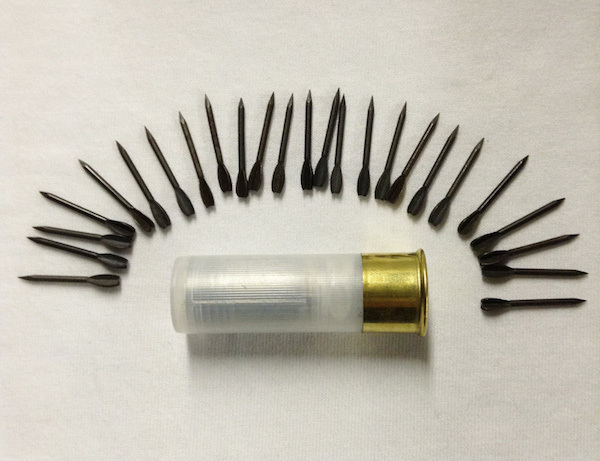

Despite the wounds and terror among the infantry, the weapon didnt have consequential benefits for the French. Each plane could only carry a few, and their accuracy was extremely poor. Towards the end of the war, bomb technology had improved, and explosive ordinances were also used against the foot soldiers, so the flechettes became obsolete. However, if the military is currently unpleased with the rocket and machine guns that are used against the enemy, they can pack their hellfire missiles with 96 flechettes. It could reduce the collateral damage too.